A great deal of Canada’s allure lies in its dramatic, and sometimes extreme, weather conditions. Apart from the harsh winters, there are heavy showers in different parts of the country. However, in the midst of these extremes weather conditions, lie some of the most breathtaking landscapes in the world which are worth seeing from above.
If you’re considering booking a scenic seaplane flight or simply need to travel to a remote location, you may be wondering if seaplanes can fly in the rain. In this article, we explain in which weather conditions seaplanes can fly in as well as what characterize safe flying conditions.
Can seaplanes fly in the rain?
Yes, if there are no other meteorological conditions, such as thunderstorms or hurricanes, seaplanes can fly and take off in the rain.
However, if the downpour involves ice or supercooled water droplets, taking off will be more difficult. The availability of de-icing facilities for aircrafts will determine whether or not it is safe to launch.
Furthermore, if it is below the freezing point outside, rain may freeze when it hits the ground. If this occurs, the runway will become slippery, making takeoffs challenging. Weather radars are used by the majority of modern aircrafts to verify flying conditions. The airline and pilots then evaluate the suitability of the weather conditions for flight.
How much does it cost to charter a seaplane?
How much rain can a seaplane fly in?
An overcast sky, or a slight hint of bad weather are not cause for concern. Here are some recommendations for flying seaplanes in rainy weather:
Mild rainfall
Flying in light rain is not problematic for seaplanes. As long as Visual Flight Rules (VFR) are followed, pilots can fly in light precipitation. However, even though aircrafts can theoretically fly in light rain, pilots must not take off if VFR cannot be maintained in watery conditions.
Heavy rainfall
Flying in heavy rain is severely discouraged by aviation authorities. That being said, seaplanes often fly when it’s raining heavily. In order to fly safely, seaplane pilots maintain a low altitude, flying at a height of 1000-1500 feet. If you want to fly a seaplane when the skies have really opened up, it’s important to ensure that you fly well below the clouds.
What size body of water can a seaplane land on?
When can seaplanes fly in bad weather?
The capabilities of the aircraft and the severity of the weather conditions both play a role in whether a seaplane should fly in bad weather. Different aircrafts are affected by different weather conditions but the following are the ones that most frequently affect airplane operations:
Ice
Even the most modern airplanes can be damaged by severe icing conditions. The majority of commercial aircraft have deicing capabilities that enable operations. However, the majority of smaller general aviation (GA) aircraft either have no or very little de-ice capacity.
Rain
Except in specific circumstances where rain drastically reduces vision, commercial aircraft may typically operate in the rain. The same is true for GA aircraft, though GA pilots typically avoid flying in severe downpours because they typically portend further weather-related problems.
Snow
Unless it’s wet, slick snow, flying in the snow is typically not a problem. However, snow can make it harder to see around airports, which might interfere with takeoff and landing procedures.
Winds
Most aircraft can fly in severe winds while in flight. In fact, strong “following” winds can enhance ground speed, sometimes significantly, and help an airplane reach its destination more quickly. However, the inverse is also true.
Are seaplanes safe?
Every day, seaplanes take off and land all around the world. Seaplanes are prone to technical issues and human errors but this is true for any type of aircraft. In fact, to ensure safety, seaplanes are subject to stricter restrictions than other types of aircraft, and seaplane pilots have more advanced flying abilities than the majority of land pilots.
At Air Tunilik, the largest bush aviation company in Quebec, safety is our top priority at all times, and maintaining our seaplanes is an essential part of our daily operations. Our seasoned pilots take part in extensive annual training programs to ensure your peace of mind.
How fast do seaplanes fly?
The fleet of Air Tunilik includes different types of seaplanes, each with a different top speed. Nevertheless, the Cessna Caravan C-208 is our fastest seaplane with a cruising speed of 266 km/h.
It is the only seaplane in the north that can carry external loads up to 1982 km before refueling. Whether you’re planning a canoe trip, a fishing trip or a cargo transport, this is the aircraft for you!
Performance and features of the Cessna Caravan C-208:
- Up to 9 passengers
- Cruising speed: 266 km/h
- Maximum altitude: 3962 m (13,000 ft)
- Range: 1982 km
- Short runway operation in: gravel, water
Seaplane transport services
You can fly over some of Quebec’s most stunning ecosystems and mountains on one of our seaplanes. We provide scenic seaplane flights in the summer and fall from all of our seaplane facilities in the province, including Natashquan, Havre St. Pierre, Manic 5, Caniapiscau, and Sept-Îles. Our pilots will take you on an adventure to view Quebec from a new perspective.
We also provide the following transportation services:






